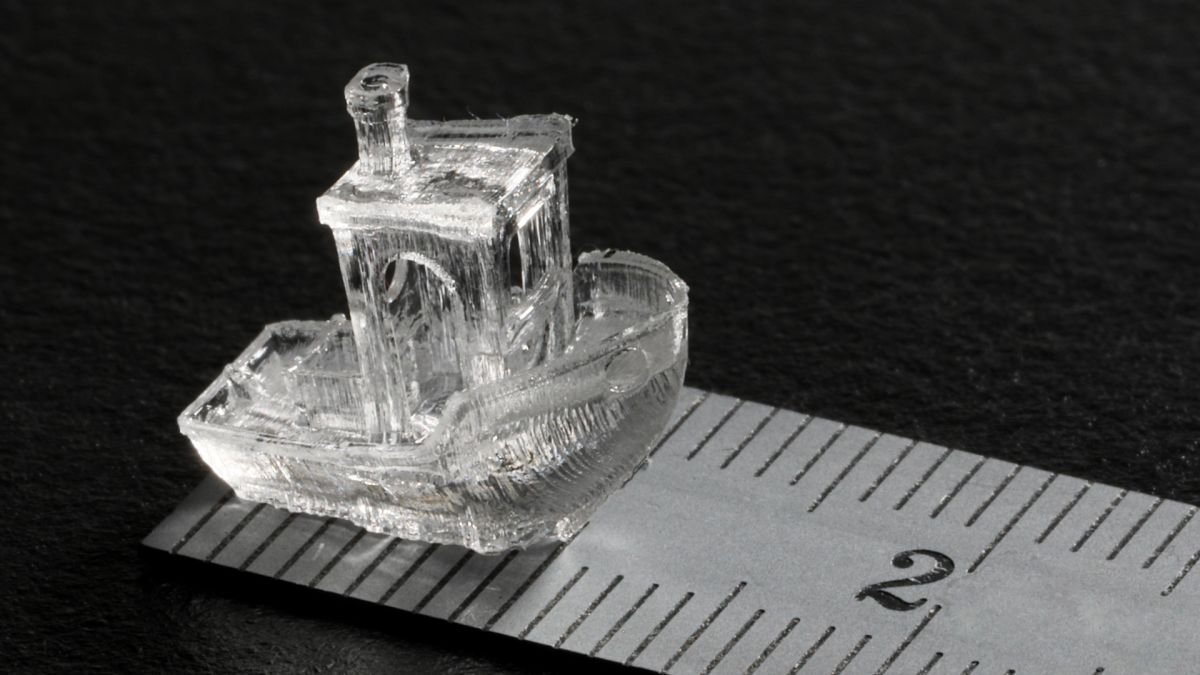

A new 3D printing technique allows you to create small, finely detailed objects in less than 30 seconds from start to finish. The Applied Photonic Devices Laboratory at EPFL has made progress based on the principles of tomography (commonly used in medical imaging) and has published the results in the journal Nature Communications. A spin-off team, Ready3D, has already been formed to continue development and commercialization of the system. The process is a new twist on stereolithography (SLA), where instead of a single laser, multiple lasers from different directions are used simultaneously to form the item from liquid plastic (or; a biogel). Paul Delrot, CTO of Ready3D explains: “The laser hardens the liquid through a polymerization process. Depending on what we're building, we use algorithms to calculate exactly where we should aim the beams, at what angles, and at what dose. The end effect is that the object being printed appears to be produced from the air in a matter of seconds, like something from a science fiction show (Gizmodo, who saw this development, compared it to the replicator from Star Trek).